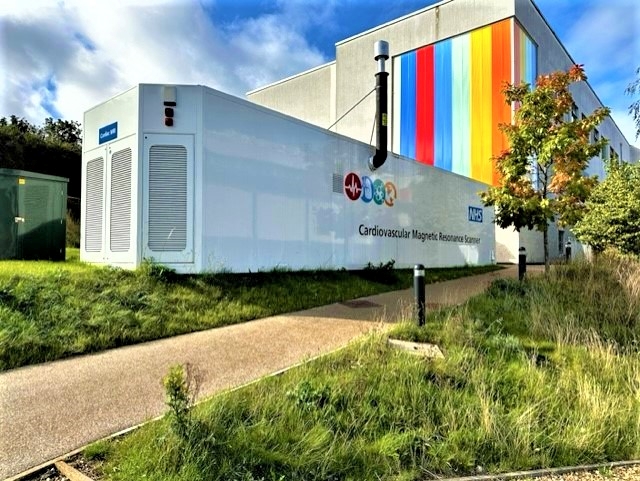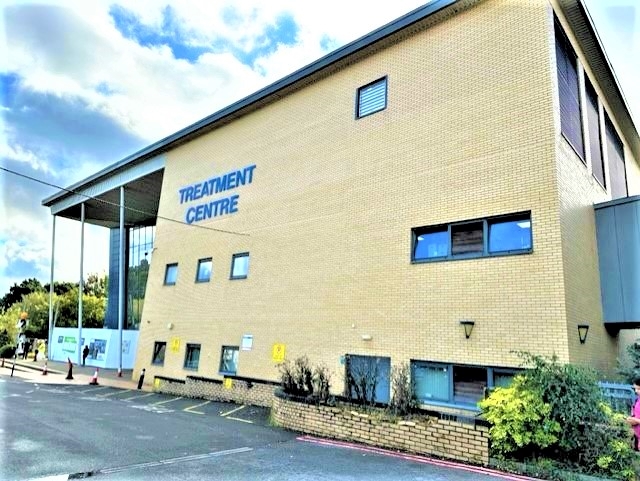Why space management is key for estate teams

Penny Brinsley from Service Works Global discusses why strategic space management is an essential skill for healthcare estate teams, how technology can help, and cites a case study from NHS Kettering.
The NHS Confederation recently released a report that identified five areas that the Government should focus on in healthcare. One recommendation is to develop a new long-term capital strategy that is more than just about fixing roofs – it is about investing in the entire NHS infrastructure, including its buildings, medical equipment, IT and digital tools.
While any new funding would be warmly received, the reality is that NHS Trusts and healthcare facilities will have to continue to make do for the foreseeable future.
One way that they can optimise operations within their existing estates is strategic space management.
There are already statutory reporting mechanisms in place that include sections about estates and facilities. The Estates Returns Information Collection (ERIC) collects quantitative data on the costs, operational aspects, and performance metrics of running an NHS estate, while the Premises Assurance Model (PAM) covers a broader range of qualitative aspects like governance, patient experience, and statutory compliance across different technical areas.
However, I often see that data is collected and submitted, but the process ends there. There can also be a disconnect between stakeholders, with senior leaders submitting the data and those on the ground unaware of why they are being asked to collect and share it.
With a little more strategic thinking, the opportunity is there to drastically improve efficiency.
Space management software
Since the pandemic, increased remote working of non-clinical staff has freed up admin space, while last year the National Health Executive reported that the NHS could create space for 10,000 extra beds by storing patient records offsite.
Numerous hospitals have not assessed their floorplans and space allocations in years, meaning that there is potentially plenty of space being unutilised – but no one has the means of analysing it.
Technology is available to help estate teams manage their floorspace. Crucially, it’s intuitive and can have a quick ROI once the insight is used to make strategic decisions.
In a nutshell, these solutions enable users to measure space and upload floorplans which they can then manage via an online platform. Once all floorplans are in place, estate teams have a real-time overview of their entire estate and how space is being used. When requests come in from different departments, or senior leaders need info for statutory reporting, the information is at their fingertips.
There are various software packages available, so you’ll want to make sure you find one that integrates with any existing IT platforms, is easy to use and can be adapted and improved on over time as your needs develop.
It can be tempting to bring in lots of tech solutions all at once, so my advice is to start slow and build up over time. A space management platform is a good start and provides a foundation for further software, such as asset management, compliance and computer aided facility management (CAFM) integration.
Future scenario planning
One of the biggest benefits of space management software is the ability to test future layouts before implementing them. Highly detailed space information, down to desk or room level, allows for meticulous plans and scenarios to be created with minimal effort.
This can be carried out at any level of an organisation, and different departments can provide their proposed growth to assist with future planning. The more departments that feed in their future space requirements, the better estate teams can plan and allocate space in advance, all of which greatly increases the efficiency of the hospital.
Case study – Kettering General Hospital NHS Foundation Trust
We’ve supported NHS Kettering since 2019 with space management as part of our wider support for the estate through our CAFM platform, QFM. Its uses include helping with space occupancy challenges, such as patient relocations, and to keep secure, up-to-date information about the estate for relevant compliance regulations.

Simply put, using QFM to integrate all the building and asset information with floor plans, cleaning schedules, porterage and other estate data has allowed for better workplace productivity and cost benefits. Information and data do not need to be shared across multiple disparate tools and are held securely in one centralised software solution.
NHS Kettering now has a mechanism to manage and submit data for annual ERIC reporting, breaking down the key information relating to the costs of providing, maintaining and servicing the NHS estate. This makes the process much easier and helps ensure the estate is compliant and efficient.
“By having all building information, cleaning plans and maintenance schedules in one place, the estates team can run an efficient and steady ship at the hospital with ease. I cannot urge other NHS Foundation Trust leaders enough to begin their journey with this technology. The benefits of QFM are next to none, having totally transformed the way we work at Kettering General Hospital for the better.” – Edward Payne, Chief Engineer at Kettering General Hospital NHS Foundation Trust.

